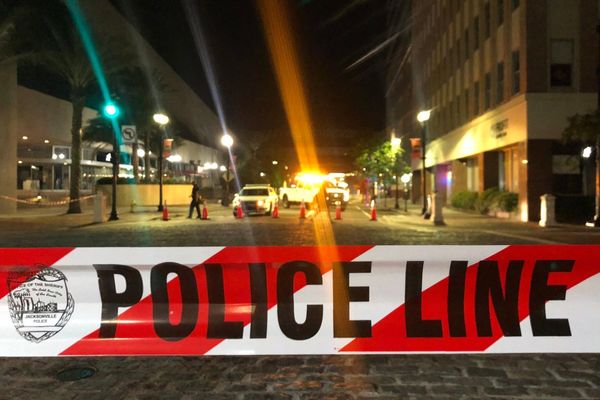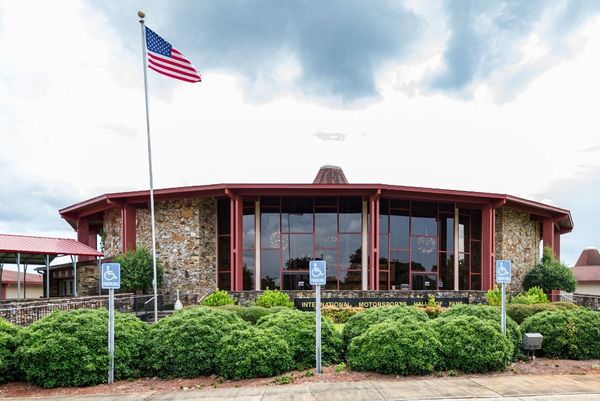The families of 18 Camp Mystic campers and two counselors who died during the July 4 floods filed four separate lawsuits against the camp this week, alleging that camp officials’ failure to evacuate the camp caused their children’s deaths.
More than 130 people died throughout Central Texas during the disastrous July 4 floods, including 25 campers and two counselors at Camp Mystic, whom their families call “Heaven’s 27.”
The lawsuits, filed in Travis County district court on Monday and seeking more than $1 million each in damages, comes after months of scrutiny aimed at Camp Mystic’s response to the flooding and the placement of several of its cabins in a floodplain. The lawsuits name several members of the Eastland family, who own and operate Camp Mystic, as defendants, including the estate of Richard “Dick” Eastland, who died during the floods attempting to save several campers.
“We carry the memory of our daughter in everything we do. This legal step is one of honoring her, and we believe that truth and justice are essential to finding peace — not only for our family, but for every family affected,” Ryan DeWitt, the father of 9-year-old Molly DeWitt, said in a statement.
One of the lawsuits, from the parents of five campers and two counselors, alleges that a cascading series of decisions by Camp Mystic’s leadership culminated in a “self-created disaster” that caused the campers’ deaths. That suit and another filed by the parents of six other campers claims that camp equipment was evacuated before children and that those in vulnerable cabins were told to wait rather than evacuate.
The lawsuit representing the six campers further alleges that higher ground wasn’t far from the cabins where the camp told the girls to stay. The filing states that there was a hill within 20 yards of one cabin, called Bubble Inn, and a two-story building within 20 yards of the other cabins, Twins I and Twins II. Staff in the two-story building survived, according to the lawsuit.
But according to the lawsuit, a copy of the camp’s emergency instructions found in a counselor’s flooded trunk said campers needed to stay in those cabins in the case of flooding unless told otherwise. “All cabins are constructed on high, safe locations,” the instructions said — a claim that the lawsuit said “was patently false, misleading [and] created a false sense of safety.”
Camp Mystic parents were at the forefront of efforts during this year’s special legislative sessions to impose stricter regulations on summer camps, and they highlighted both state regulatory gaps and Camp Mystic’s flawed evacuation plan as points of failure amid the historic flooding.
In a statement on Monday, Camp Mystic legal counsel Jeff Ray said the camp intends to prove no adequate warning systems were available on July 4 to warn them and that there was misinformation in the parents’ suit. Mikal Watts, the camp’s attorney, said many of the lawsuit’s claims and public perceptions about Camp Mystic were “categorically false.” Watts said the camp’s leadership has the utmost empathy for the parents and their loss.
“[Camp Mystic] spent those three hours heroically saving 163 girls before what occurred,” Watts said.
Many of the camps along the Guadalupe River have announced they would reopen in 2026 for the next summer season, including Camp Mystic. That announcement also drew ire from the parents, who said the move was premature and that they were not consulted about the construction of a memorial for their children the camp intended to build.
One of the lawsuits described the memorial as the camp using the children as a “recruiting tool.” Watts said the memorial was an effort by “good, Christian families” to acknowledge the loss of Dick Eastland, the campers and counselors.







